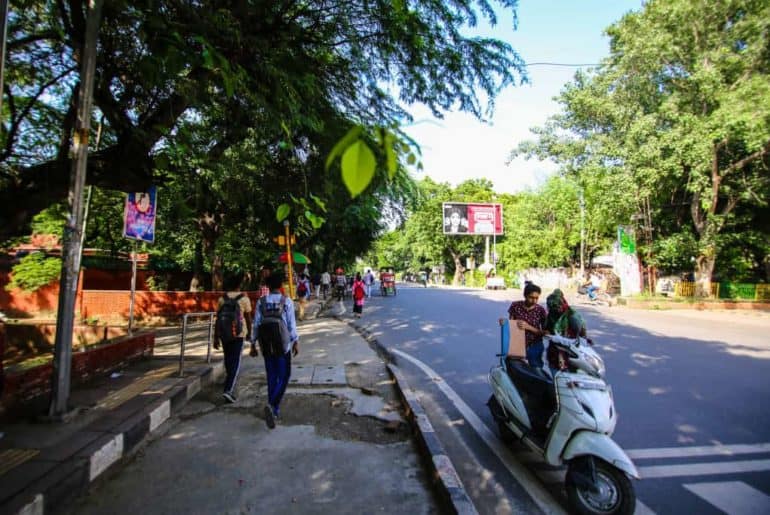Read what prevents or encourages the youth to say no to things that are too taxing, and not rewarding.
A huge part of education comprises of un-learning. Whatever baggage of preconceived notions we have accumulated without questioning, needs to stop occupying our headspace. That being said, saying “yes” to every opportunity does not, in fact, guarantee success. One life skill that people could bless themselves with is the subtle art of saying “no”.
We have always been told to take the opportunity that knocks at our door, and romanticised the fruits of mehnat (hard-work). This brings about a sense of salvation- something we see as a redemption for the burden of being human.
“Of course we all have to do things we don’t want to do; that is just part of life,” argues therapist, Alena Gerst. “But so many people agree to do things they do not even have to do. And sometimes these are big – I see people accepting promotions or jobs they don’t want, marrying people they feel unsure about, and having children before they are ready.”
Humans, as social beings, have this coercion of pleasing people around them- a sense of obligation towards people we love or want to impress. Falling short of someone’s expectations of you is as dangerous a thought as a real, actual threat sometimes. This excessive urge to be agreeable, in turn, lowers our overall productivity, and leads to an unending cycle of self-doubt.
Honouring oneself is crucial to one’s mental well-being. And if we take up jobs that make us foster resentment and regret, what we are doing is actually counterproductive.
We all have to learn the art of saying “no” sooner or later; it comes more naturally to some, others have to develop. For the ones who fall in the latter category, it is important to listen to what your body and mind are telling you. Do only what your body is capable of doing, and what your mind thinks is fruitful.
If you are presented with a particular task, which you most certainly don’t want to do, don’t delay declining it with phrases like “let me think about it”. It is okay for you to say “no” and not explain yourself at all. “I am afraid I can’t do this” is a perfect, complete sentence that does not require any supplementary arguments. In declining work that is too taxing, we often tend to apologise profusely. That, in itself, is problematic because it feeds the idea of the salvation discussed earlier.
“When you start saying no to bad things, the “yes” compounds every day,” says James Altucher, author, The Power of No. Many people have realised this and don’t feel any shame in taking care of themselves; others, we hope, will soon join in!
Maumil Mehraj
Feature Image Credits: Tiny Buddha





